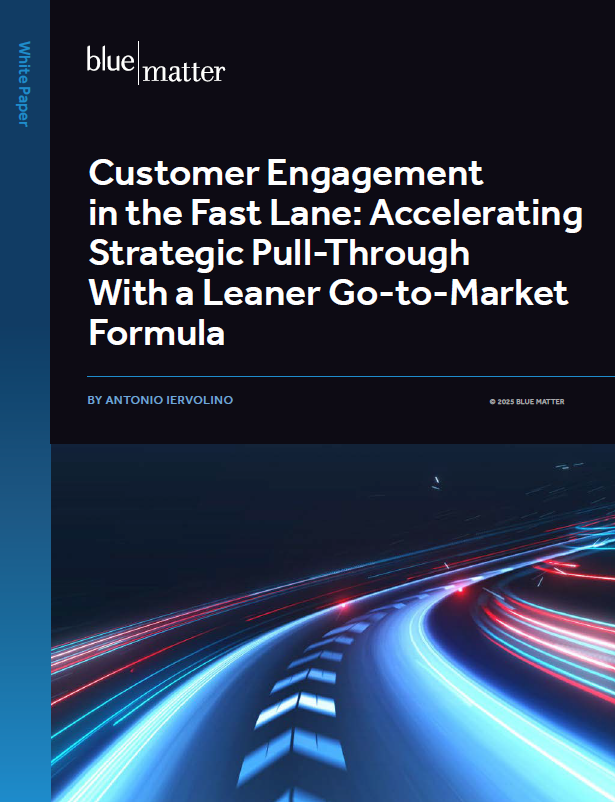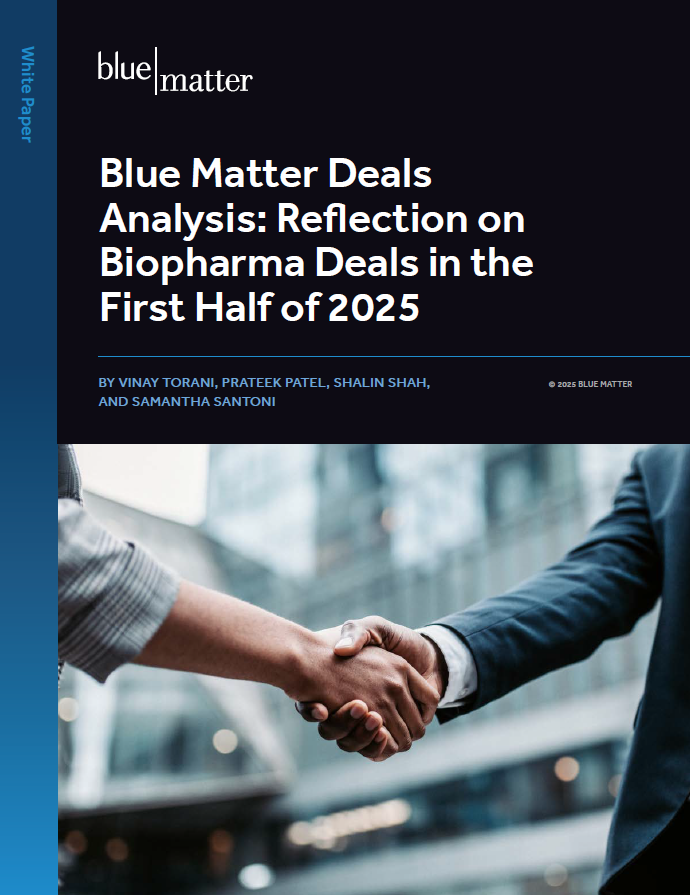
The most effective, groundbreaking, and revolutionary therapy in the world will not do much good if it can’t be effectively delivered to patients. That fact should be highly self-evident. However, establishing an effective supply chain is easier said than done and there are a lot of potential pitfalls, especially when dealing with the diverse and complex markets of Europe.
From a supply chain perspective, a biopharma company wants to be fully compliant and ready to receive purchase orders, deliver product safely and efficiently to customers, send invoices, and collect money as of Day One of market authorization approval. Achieving that goal is a complex and multi-faceted undertaking, and there’s no way to thoroughly cover all aspects in a single article. However, our goal here is less ambitious than that.
In this brief overview, we do four basic things:
- Explain why an early start is essential when it comes to designing a supply chain.
- Highlight the most common mistakes companies make when developing supply chains in Europe.
- Outline some key considerations for supply chain development.
- Provide a high-level “checklist” that can help guide a company’s efforts as it develops its supply chain.
Getting an Early Start
Establishing a pharmaceutical supply chain in Europe is considerably more complex than in the United States. The process is complicated for any product, but it’s especially so for Advanced Therapy Medicinal Products (ATMPs), which are based on cells or genes. The European supply chain infrastructure is still underdeveloped for these types of therapies, which have very specific requirements.
To build an effective supply chain for a European market entry, a company needs to understand a number of key things to make informed strategic decisions. These include:
- How the product will be prescribed and used from the perspectives of a range of stakeholders including patients, physicians and other healthcare providers, and dispensaries or outlets.
- The interlinks between the physical product flows, title flows, and financial flows.
- Payers’ perspectives and involvement.
- Licensing, serialization, packaging, labeling, and other regulatory requirements.
- Internal organizational and managerial requirements.
A sound grasp of these elements will enable the company to optimize supply timelines and tax structures for the first launch while also establishing the best possible position for subsequent launches. Third-party vendors can provide the necessary understanding, customer support, information technology, logistics, and finance solutions. For most companies entering Europe, third-party support will typically be required.
Selecting the right vendors is crucial, as they must bring the right capabilities while also fitting with a company’s corporate culture. Therefore, biopharma companies need to start engaging early to properly set up contracts and manage these relationships effectively.
Common Mistakes
In our experience, there are a number of common mistakes biopharma companies make when designing and building supply chains in Europe.
Waiting too long
As companies develop their supply chain strategies, they often underestimate the time required to get the necessary licenses to import, release, and sell the product. While VAT registration may sometimes require less time, securing a manufacturing and import authorization and wholesale distribution authorization may take up to a year. Waiting too long to apply for the necessary licenses can result in a delayed launch, which can be extremely costly, in both direct and opportunity costs.
In many cases, companies also underestimate the time and effort required to get set up to receive purchase orders, deliver the product to customers, send invoices, and collect money as of market authorization approval. A third-party logistics partner (3PL) can help a company through this process. Ideally, the vendor should be selected, contracted, and ready to begin implementing the required capabilities at least 14-18 months before product launch.
Another aspect of waiting too long relates to hiring staff. The staff that is required will vary based on how the supply chain is set up. However, a company will likely need the following, at a minimum: a Supply Chain Director, planning staff, CMO/3PL manager(s), quality assurance staff, and a finance team.
Hiring qualified team members can take significantly longer in Europe than in the US, so a company must be strategic. Waiting too long can result in unqualified staff trying to manage a failing operating model.
Choosing the wrong jurisdiction(s) to apply for licenses
Sometimes, companies choose the wrong jurisdiction(s) to apply for the necessary licenses. The requirements can vary significantly based on the supply chain set-up and the geographic markets in question. For our purposes here, it’s key to note that a company must fully understand its specific requirements and apply for the proper licenses. Some of these are at the national level. However, others can be at the provincial or even local level. A local partner who understands the various licensing requirements is often needed to navigate this.
Building an overly complex or inflexible distribution model
In many cases, we have seen companies attempt to design needlessly complex distribution models. In general, it’s best to create a design that is as simple as it possibly can be, given what it must accomplish. Overly complicated models can require a huge effort to maintain on an ongoing basis.
Similarly, highly complex models are often inflexible. They may not be able to cope with unexpected demand spikes or launch sequence variations. In addition, they might be ill-suited to handle indication extensions, new regions, or new products. When designing a supply chain, it’s crucial to look ahead at what will be expected of it in the future and then plan accordingly, building in the flexibility to manage unforeseen circumstances (within reason).
Having insufficient knowledge of key areas
Obviously, there’s a lot to know about building and running European supply chains. Insufficient knowledge in any area can cause problems. However, there are a few that stand out:
- Insufficient knowledge as to how to import “non-approved” product into Europe – For example, sometimes companies want to run early access programs (EAPs) to provide the product earlier to patients and to familiarize doctors with their products even before launch. In those cases, companies would prefer to import the commercial products just before approval and be ready to go once approval is obtained.
- Insufficient thought concerning the implications of appointing a Qualified Person (QP) – The concept of having one designated individual responsible for batch certification and release required at a site is a basic concept of the European Pharmaceutical legislation. This provides the national authorities recourse within a short timeframe in case of any issue with a batch that is certified and released by a particular QP. A company can choose to outsource the QP role. However, if a problem occurs, the QP becomes the key person to lead and resolve the issue. A company may prefer to keep such a critical knowledge in-house and such an important role under its direct control.
- Insufficient knowledge of EMA artwork requirements jeopardizing the registration process and resulting in launch delays – There are European and national requirements for the information that must be contained on product packaging artwork. Insufficient knowledge of these matters can create problems during the filing. A company must supply all of its artwork to EMA authorities at various stages of the process, so this material must be fully developed and produced well before commercial launch. Failure to stay ahead of the requirements can cause unnecessary delays that could have been easily avoided with the proper amount of forethought.
Short-cutting process development, preparation, and testing
A strong, serviceable supply chain must be pressure tested before it “goes live.” In our experience, some of the more common pitfalls in this area are:
- Failure to fully document—ahead of time—the systems and processes that will be required to manage the EU supply chain model, often causing lost time and re-work under serious time constraints
- Poor preparation and testing of transportation lanes resulting in delays, lost product, and temperature excursions
- Insufficient preparation of accounts receivable processes, which typically results in an increased days sales outstanding (DSO)
Choosing the wrong vendors
As mentioned before, the right stable of partners will be essential. Choosing the wrong ones can be very costly, so a clear and systematic process for vendor identification, evaluation, and selection must be in place.
As an example: Choosing a 3PL with insufficient knowledge and experience to perform Order To Cash activities can result in frustrated customers. This will damage the brand and jeopardize compliance with standard accounting practices and SOX (the Sarbanes-Oxley Act of 2002, which outlines accounting rules specific to publicly-traded companies doing business in the US).
Key Considerations and Questions
As a biopharma company develops its supply chain strategy, there are a number of considerations to keep in mind and key questions to answer. A few of the most important ones are outlined below.
Considerations on Data Reporting and Market Intelligence
Biopharma companies must be proactive about setting up tracking and reporting mechanisms within their supply chains. Obviously, a company would like to know which end customers are buying its products and how much. In addition, it must have full visibility into the supply chain and be able to account for the whereabouts and ultimate disposition of every stock keeping unit (SKU).
However, it’s important to remember that supply chain data can go far beyond those basics. Supply chain data, when coupled with competitive intelligence and strong reporting, can capture useful commercial insights from the supply chain. That can provide a considerable competitive advantage, enhancing commercial strategy development and decision making. When designing its European supply chain, a company must “bake” these considerations into the process.
Key Questions
Regarding Importation, Secondary Packaging, and Product Release:
- Which European entity will hold the Manufacturer’s and Importer’s Authorization (MIA) to ensure product release to the European market? Do we hold it ourselves or out-license it to some other entity?
- Should we hire our own Qualified Person (QP) or shall it be out-licensed?
- Where shall we conduct secondary packaging (in Europe or the US)?
- How can I pack most efficiently (country groupings) and still maintain the integrity of Blue Box information and specific country serialization requirements? What are the options?
- How should we organize serialization? Do we adopt a global solution and if so, how do we interact with the registration entities in Europe?
Regarding Legal Entities, Inventories, and Taxes:
- Which legal entity or entities will hold inventory? Will we sell direct out of one entity to the whole of Europe or through multiple local entities?
- Will country offices operate as LRD (limited risk distributors) or as an agent?
- Where and when do we pay VAT?
- Where do we need to apply for a Wholesaler Dealer Authorization (WDA)?
- How do we ensure compliance with GXP requirements (quality, pharmacovigilance, change control, recall systems, Responsible Person)?
Regarding Storage and Delivery:
- Should we use a direct delivery model or work through local distribution points?
- Should we deploy wholesalers? If so, should we use local or pan-European ones?
- How do we manage the order-to-cash process which includes customer service? What do we outsource versus perform in-house? Do we need multilingual people, smart calling systems, etc.
- How do invoicing requirements vary across the countries in which we plan to operate?
- What are the pertinent country-specific commercialization, licensing, and certification requirements?
- How do we deal with countries that are outside of our “norm” (e.g. non-EU countries in Europe, eastern Europe, or when shipping from Europe to the Middle East, Africa, and Asia)?
Key Activities
Below is a high-level checklist for developing and launching a biopharma supply chain in Europe. This list is not 100% comprehensive, but it does provide a useful framework within which all key elements can be included.
| Prepare for filing. |
|
| Prepare for launch. |
|
| Secure partners & secure in-house organization. |
|
| Implement automated solutions for data interchange and reporting, as needed. | |
| Apply for required licenses to be ready to sell. | |
| Plan for potential early access, compassionate use, or named patient programs. | |
| Test all processes, systems, and procedures. | |
| Go live! | |
Developing an efficient and effective supply chain in Europe is a complex undertaking. Of course, there’s no way to cover all of the pertinent details in a 2,500-word article. For biopharma companies that are thinking about entering Europe, our goal here has been two-fold. First, we stress the importance of starting early on supply chain planning and development. For many smaller companies, supply chain almost gets addressed as an after-thought, which can end up wasting significant amounts of time and resources. Second, we provide a simple framework to help guide thinking, focusing on common mistakes and key questions and considerations. For any initial move into European markets—or for any significant expansion within Europe—we strongly recommend that a biopharmaceutical company engage with a knowledgeable partner that offers specialized supply chain expertise.
Blue Matter Expert Contributors:
- George Schmidt, Partner
- Sebastian Prantl, Sr. Consultant






